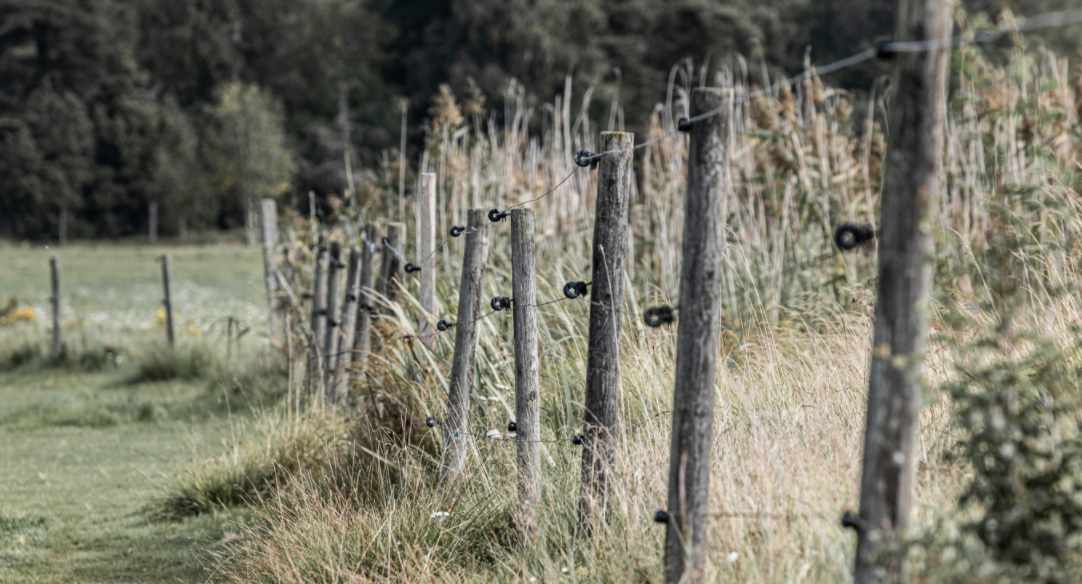If you have heard of high fence hunting, we are sure that you have often wondered how the whole thing works. This practice of hunting in enclosed gardens can be quite sensitive sometimes. If you are wondering if it is a good or bad idea, its price, or even if it is ethical, this blog has got your back.
In this post, you’ll learn what exactly high fence hunting is, how it differs from conventional hunting, and the various things that you should know when planning for your high fence adventures.
What Is High Fence Hunting?
High fence hunting is to hunt animals within a specified area that is fenced up, usually between 8 and 10 feet in height. It involves keeping animals enclosed within a confined area and animals are aware of being hunted and cannot escape from the hunters.
This is very different from wild hunting where the process involves not only tracking the animal but also locating it from the entire wild.
The main goal of the tall fence is to keep the animals inside, such as deer, elk, big horn sheep, and some exotic animals, depending on the animals’ preserve. This enables the landowner to develop a home environment that can enhance the health of the animals and their rate of growth.
People in favor of high fence hunting believe that this management results in a healthier herd with an increased number of trophy animals.
High Fence Hunting vs Traditional Hunting
High fence hunting almost guarantees the sighting of the particular animal one wants to hunt. As for the extermination of the animal in the wild, the identification of this animal is also half the battle.
High fence operations may manipulate the reproduction and feeding of the animals to produce trophy antlers or horns. Carnivorous animals are on their own. High fences prevent natural enemies from getting in while the wild means the animals must constantly be on the lookout.
What States Allow High Fence Hunting?
High-fence hunting is legal in many states, but the regulations around it can vary considerably. Here are some examples.
- Texas: Texas has a long history of high fence hunting and is known for its large ranches with big game animals. The state has specific regulations for high fence hunting, including requirements for fencing height and permits.
- Florida: High fence hunting is legal in Florida, but there are restrictions on the types of animals that can be hunted in fenced enclosures.
- New Mexico: New Mexico also allows high fence hunting, with regulations in place to manage the practice.
Is High Fence Hunting Good or Bad?
High fence hunting is a highly debatable topic that usually brings controversy among hunters and conservationists. Some of the positives that advocates of wildlife management include or access, wildlife management, and even the use of sustainable game meat.
Critics passionately argue that it defeats the essence of fair chase, encourages trophy hunting in place of conservation, and brings hunting into an area of farm-raised animals.
Why Do People Hunt High Fences?
High fence areas often have higher concentrations of animals, increasing the chance of getting a trophy. Some high fence operations focus on wildlife management and habitat improvement.
It can be easier for new hunters or those with physical limitations. High fence ranches often offer luxurious accommodations and guided hunts.
Is High Fence Hunting Ethical?
Some critics say that it is not really fair chase because the animals are enclosed and do not possess the instincts of true wild animals. Some high fence operations may keep animals specifically for their trophy qualities, which is considered by many as wrong. The distinction between a managed herd and tamed animals gets somewhat hazy for others.
Generally, high fence hunting is less popular than free-range hunting. Some view it as unethical and not a true hunting experience. While, others see it as a legitimate option, especially for specific goals.
There’s no simple answer to whether it is good or bad. It depends on your values and personal preferences.

How Much Is a High Fence Deer Hunt?
If you are ever interested in going for high-fence hunting, here’s a cost range to give you an idea:
Basic Hunts: $2,000 – $5,000. This might cover a hunt for a smaller deer with minimal amenities.
Trophy Hunts: $5,000 – $20,000+. These hunts often target large deer with impressive antlers and include luxurious accommodations and guided services.
And, the costs can vary depending on the animal. Here’s a general comparison:
- Whitetail Deer: The most common high fence deer hunt, with prices ranging as mentioned above.
- Exotic Animals: Hunting for animals like Axis deer, Fallow deer, or even Red Sheep on a high fence ranch can be even more expensive, reaching up to $25,000 or more.
Is It Worth Paying The Money?
It is thus a matter of what one considers important in a hunting experience and one’s attitude towards high fence hunting in particular.
Truly, a high fence hunt, which provides a guarantee of a successful hunt and comfortable accommodation, can probably be considered a good value for some people.
On the other hand, if you enjoy the concept of fair chase hunting free ranging animals and the ethical concerns associated with high fence hunting it may not be a good fit. Sometimes, free hunting in the wild is cheaper than the high fence hunting.
What Should You Know For High Fence Hunting?
Here are some key things to know before embarking on a high fence hunt:
1. Legalities and Regulations
- Licenses and Permits: There are variations of hunting laws in every state and country. Make sure that you have the appropriate licenses and permits for the particular area of high fence ranch and the type of animal you want to hunt. You can find out the specific licenses and permits by searching the Internet or by directly dialing the ranch. Do not neglect any pre-requisite hunter safety classes that may have to be completed.
- Animal Importation: If the high fence ranch contains exotic animals check whether hunting or transporting of the animals requires a special permit. Some states may not allow the importation of some animals, therefore it’s wise to check on such laws before planning for your hunting activity. You may also require further permission to move the animal across the state or to another country.
2. Research the Ranch
- Reputation and Practices: Check customer feedback, and look up information about the ranch’s experience in animals’ treatment, breeding, and environmentally friendly practices.
- Species Offered and Trophy Fees: Become familiar with the currently available animals and how trophy fees are set.
- Package Inclusions: Be sure of what is offered in your selected package (shelter, food, guide and fee services, dressing and processing).
3. Preparing for the Hunt
- Gear and Equipment: Even though the environment is controlled, it is advisable to confirm what equipment is allowed or recommended on the ranch. You may still require the right hunting footwear and clothes, rifle/bow, and appropriate bullets.
- Ethics and Shot Placement: With regards to responsible hunting practices, they apply even in a high fence environment. Learn about the best practices regarding where to shoot an animal and what to do with the animal once it has been killed.
- Respecting the Animals: It is, nevertheless, a managed herd and these are wild animals that are being immortalized. Show them the respect they deserve and avoid provoking them unnecessarily.
4. Additional Tips
- Clarify Expectations: Discuss your expectations with the ranch owner or guide beforehand. Are you looking for a trophy animal, a social experience, or a chance to practice your skills?
- Weather Conditions: Research the typical weather patterns in the area during your chosen hunting period.
- Physical Fitness: While the terrain might be easier, some level of physical fitness is still beneficial, especially if utilizing blinds or tree stands.
Conclusion
High fence hunting as a practice is not popular in some circles. It includes hunting animals within a restricted enclosure, something which is considered inhuman and not a genuine sport by others. Critics, on the other hand, argue that it leads to inefficient wildlife management, increased hunting chances for novices, and access to trophies.
The cost is different depending on the type of animal chosen and additional services; it can be from 2000 to twenty-five thousand or more.
When planning for a high fence hunt, check on the regulations of the ranch and state laws on hunting as well as ethical issues. In conclusion, the question of whether it is worth hunting depends on one’s values and goals as a hunter.





















Leave a reply